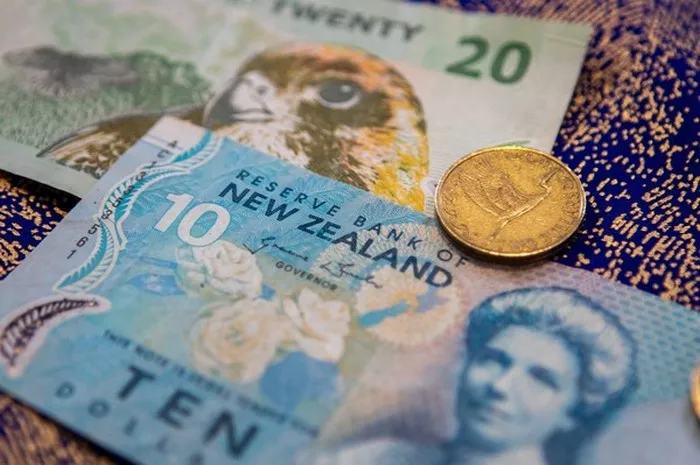The Australian Dollar (AUD) is the currency of the Commonwealth of Australia and its territories, including Christmas Island, Cocos Islands, and Norfolk Island. It is the fifth most traded currency in the foreign exchange market, after the US dollar, the euro, the Japanese yen, and the British pound. The AUD has a floating exchange rate, which means its value is determined by market forces.
Current Value of the Australian Dollar:
As of June 12th, 2023, the current value of the Australian dollar is approximately USD 0.73. This represents a slight increase from its value in May 2023, when it was trading at around USD 0.72. The AUD has been trading in a relatively narrow range against the US dollar over the past year, with fluctuations largely driven by global economic conditions and changes in interest rates.
Factors Affecting the Value of the Australian Dollar:
1. Global Economic Conditions:
Global economic conditions have a significant impact on the value of the AUD. As a commodity-based economy, Australia relies heavily on demand for its exports, particularly from China. Therefore, changes in global growth rates and demand for commodities can have a major impact on the value of the AUD.
2. Interest Rates:
Interest rate differentials are another key factor that affects the value of the AUD. Higher interest rates tend to attract foreign investment, as investors seek higher yields on their investments. This can lead to an increase in the demand for the AUD, resulting in an appreciation in its value relative to other currencies.
3. Political Stability:
Political stability is also important for the value of the AUD. Political uncertainty or instability can lead to a decrease in foreign investment, as investors become more cautious and risk-averse. This can result in a depreciation of the AUD.
4. Inflation:
Inflation levels can also affect the value of the AUD. High inflation can erode the purchasing power of the currency, leading to a depreciation in its value. Conversely, low inflation can boost confidence in the currency and lead to an appreciation in its value.
5. Commodity Prices:
As a major exporter of commodities such as iron ore and coal, changes in commodity prices can have a significant impact on the value of the AUD. Higher commodity prices tend to lead to an increase in demand for the currency, resulting in an appreciation in its value.
Conclusion:
In conclusion, the current value of the Australian dollar is approximately USD 0.73 as of June 12th, 2023, with fluctuations largely driven by global economic conditions, interest rates, political stability, inflation, and commodity prices. As a floating exchange rate currency, the value of the AUD is determined by market forces and is subject to change based on these factors.


